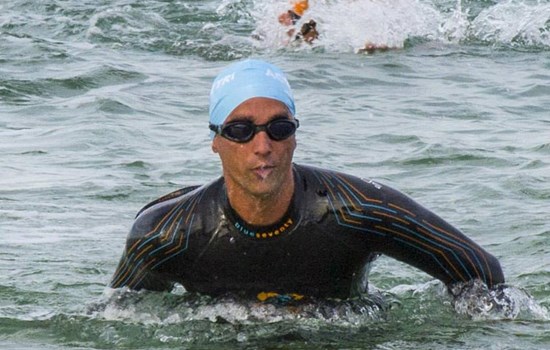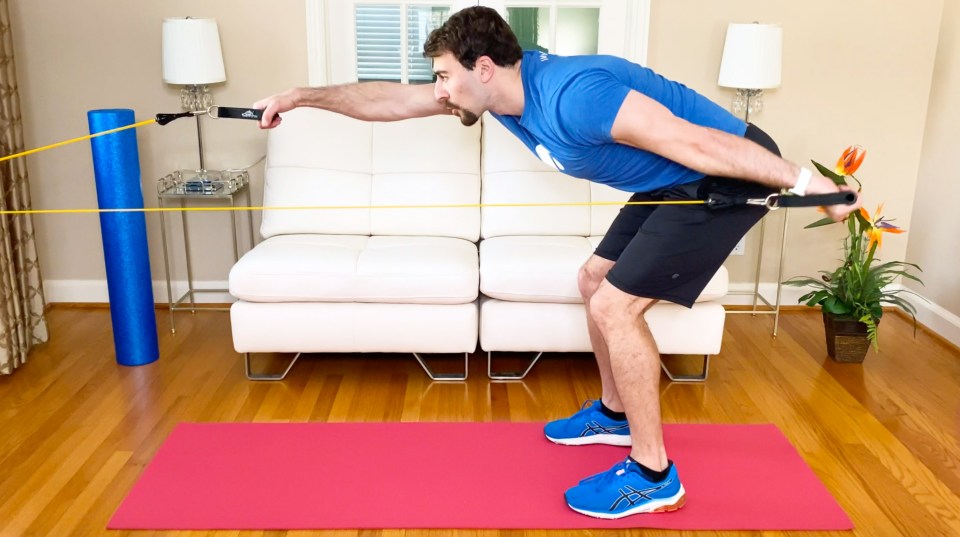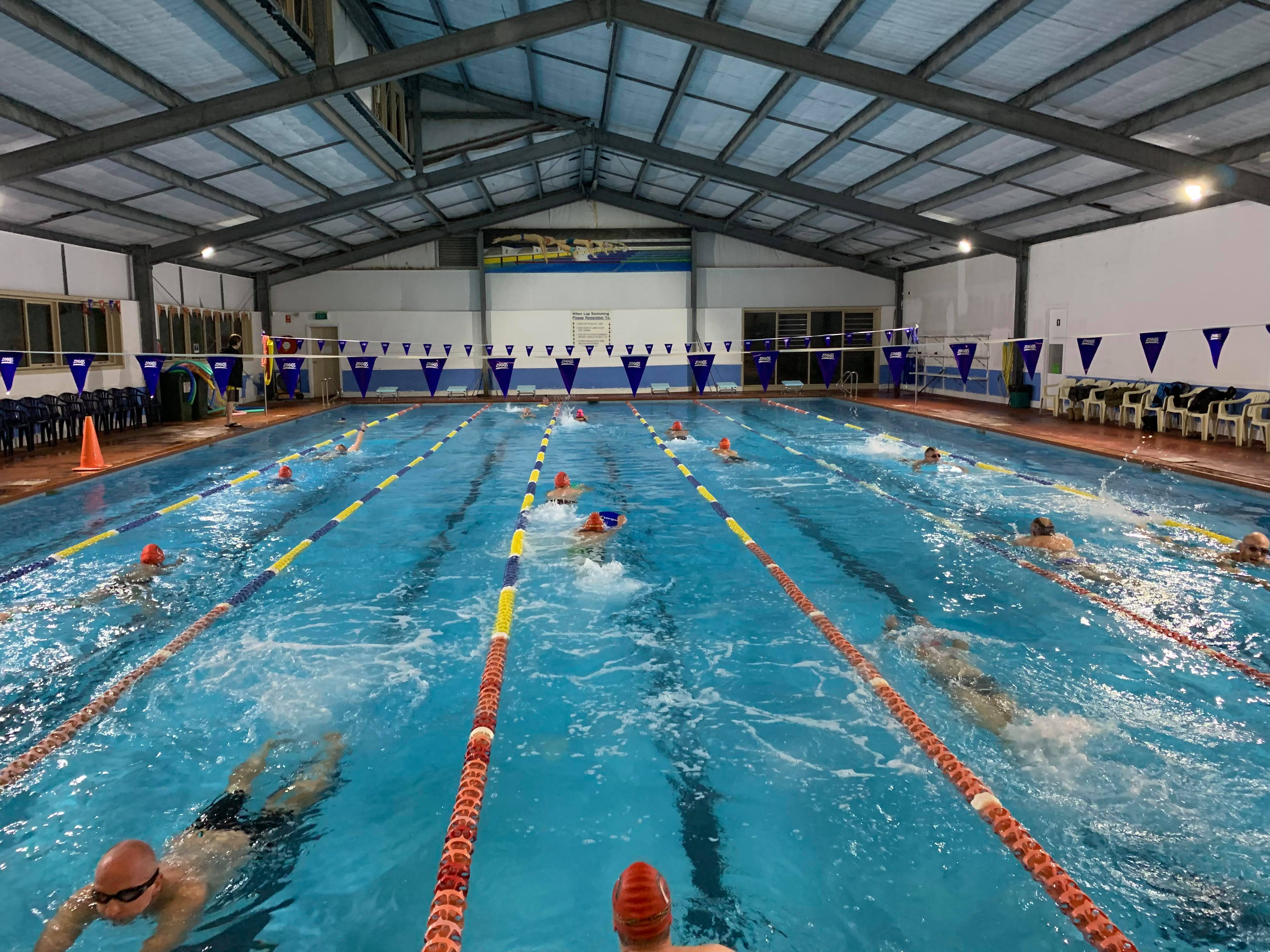Swimming is a sport where having an efficient technique will greatly assist with your swimming speed. The strongest athlete is not always the fastest. Below is a list of common faults for triathletes who are struggling with their swim technique.
TIGHT ANKLES
Such a small part of the stroke is the ability to point the toes backwards. Whether it’s tight ankles or shins the position is devastating to fast relaxed swimming. The exposed surface area creates drag and the swirling water around the feet sink the legs to the extent we saw 10 strokes added per 50 metres from this issue alone.
BENT KNEE KICK & SCISSOR KICK
These are extremely damaging to your front crawl stroke. They not only create drag due to the exposed surface area displayed, but they also require a lot of effort from some big muscle groups. Aim to keep the leg kick hidden behind the trunk at all times. A bent knee will keep the legs low and sinking, and the scissoring action will keep the heart rate high. Speed for short periods was not compromised over short distances, but heart rates were up to 30-40 beats per minutes higher than with a ‘hidden’ leg kick.
STRAIGHT ARM PUSH DOWN
Lean on the pulling arm when taking a breath and it’s only 50 per cent effective at pulling the body over the hand position. Breathe every second stroke, and for many that’s 12 strokes over 25 metres, where you are doing not much more then swimming single armed. This issue is a great hindrance to forward speed, but longer term I would be concerned about the stress to the shoulders because of additional stress on the shoulder joints. By introducing a balanced and symmetrical arm pull can result in a reduction of up to seven strokes fewer per 25 metres.
ARMS CROSSING THE CENTRE LINE
Starting your pull sequence from an incorrect position means time is wasted realigning to a correct position. An incorrect pulling pathway can also throw out the hips which will in turn upset body position creating more drag. Add to this the increased drag when the arms sweep across the body on entry. The forearms expose a lot of surface area that could have been hidden when entering the water with a forward alignment. Stroke count increased by five to six when not positioning the hand entry slightly inside the shoulder and driving the arms forward.
BREATHING TOO HIGH
Even with the head in a good neutral position in the water it’s possible to roll the head too far when breathing. You should not be looking up to the ceiling. As a consequence of breathing too high you might need the pulling arm to stabilise your head position by sweeping wide. At best the head is out of its key neutral position for longer then it needs to be. Keep the head still to swim faster. Take lower breaths with the mouth just above the water surface. As your speed improves you will be able to breathe below the surface due to the bow wave and trough that forms as you move through the water. Two strokes were lost per 25 metres when breathing correctly.
SWIMMING FLAT
This issue keeps a lot of the upper body submerged adding surface area. It shortens the distance between the fingertips of the hands when trying to extend the lead arm forwards and the trailing arm beyond the hip. This shortens the breathing window and pull distance. Here speed was only compromised a small amount, but heart rate was increased by 20-30 beats per minute as the window of opportunity to take a relaxed breath was shortened, and there was more surface area to shunt through the water.
FINGERS TOO OPEN/CLOSED
If the hands are too tightly closed then it is easier for them to slip under the body with little forwards movement. If the fingers are held with a large a gap between them the water will slip through, and once again the hands slip under the body. Ideally, a sliver of daylight between the fingers will hold the most water and produce the best pull of the body. With fingers wide open over 50 metres stroke count went up by four, and by two with touching fingers.
HEAD HELD TOO HIGH
Think of your body position and if you feel you are looking forwards then there is drag. There is also stress on the neck to continually hold the head up in this position. The real damage here, though, is the resulting sideways breath that exposes the side of the head to a lot of oncoming water and keeps the mouth low. Once again two strokes per 25 metres were lost when the head returned to a better position.
Results will vary depending on size and body proportions. This is not an exact science due to the chaotic nature of water, its movement around you and your within it. Many variables cannot be singled out in isolation due to the knock-on effects of other related items. For example, we saw that the straight-arm push down is incredibly ineffective, but rarely does this happen on its own, and 90 per cent of the time this movement is linked to a scissor kick to counter- balance the arm movements.
The tight ankle measuring exercise was performed in isolation with a pull buoy to get a reading on just what the foot shape and it’s positioning was likely to do. If the pull buoy was removed we would see the legs sinking rapidly. This is due to the effects of water turbulence around the non- streamlined foot position pulling the legs down.
While the testing and resulting figures are crude there’s no getting away from the fact that a poor stroke requires far more work. These faults in your swim technique can be fixed with time and perseverance. Pool work, stretch cords, Pilates, Yoga and swim equipment, especially a central snorkel, are extremely helpful. Small changes can have a big affect, and will not only help you swim more efficiently, but ultimately faster.









